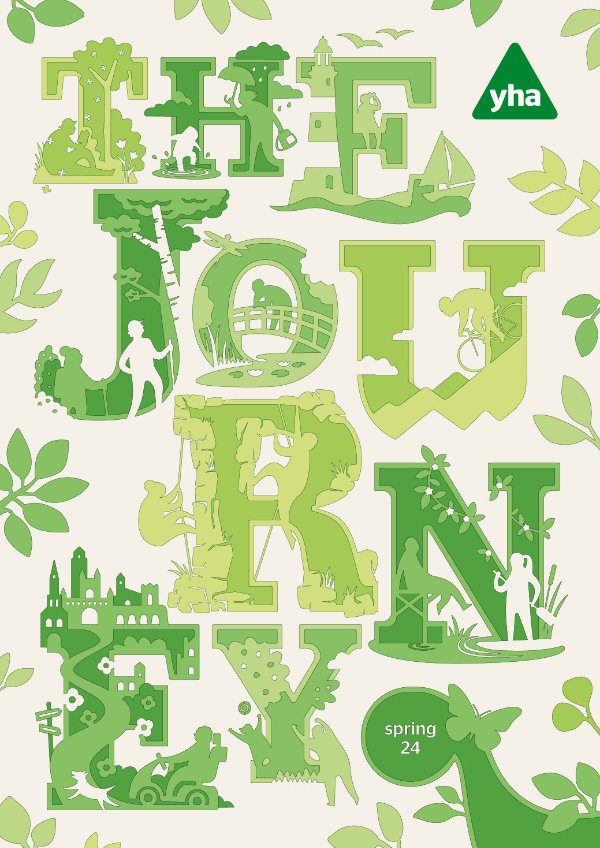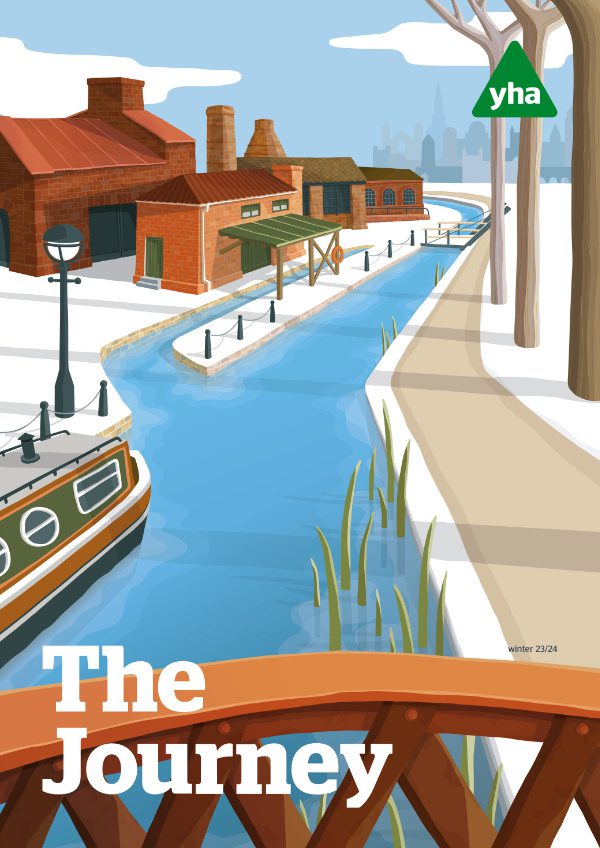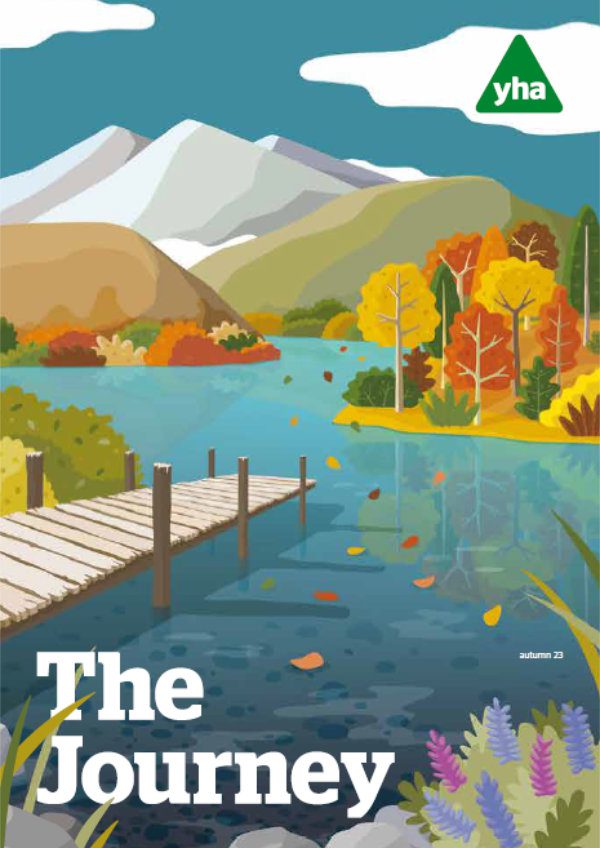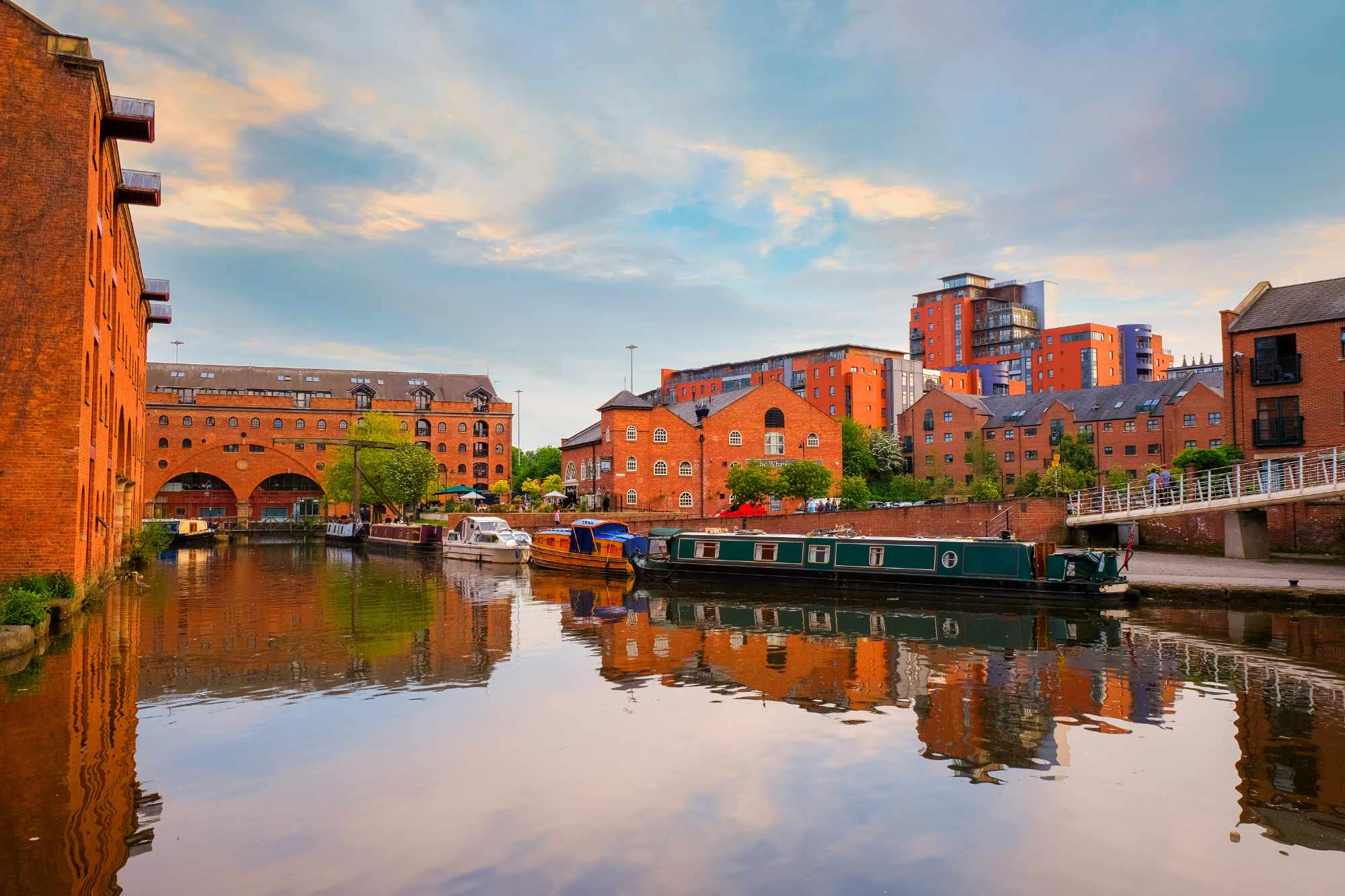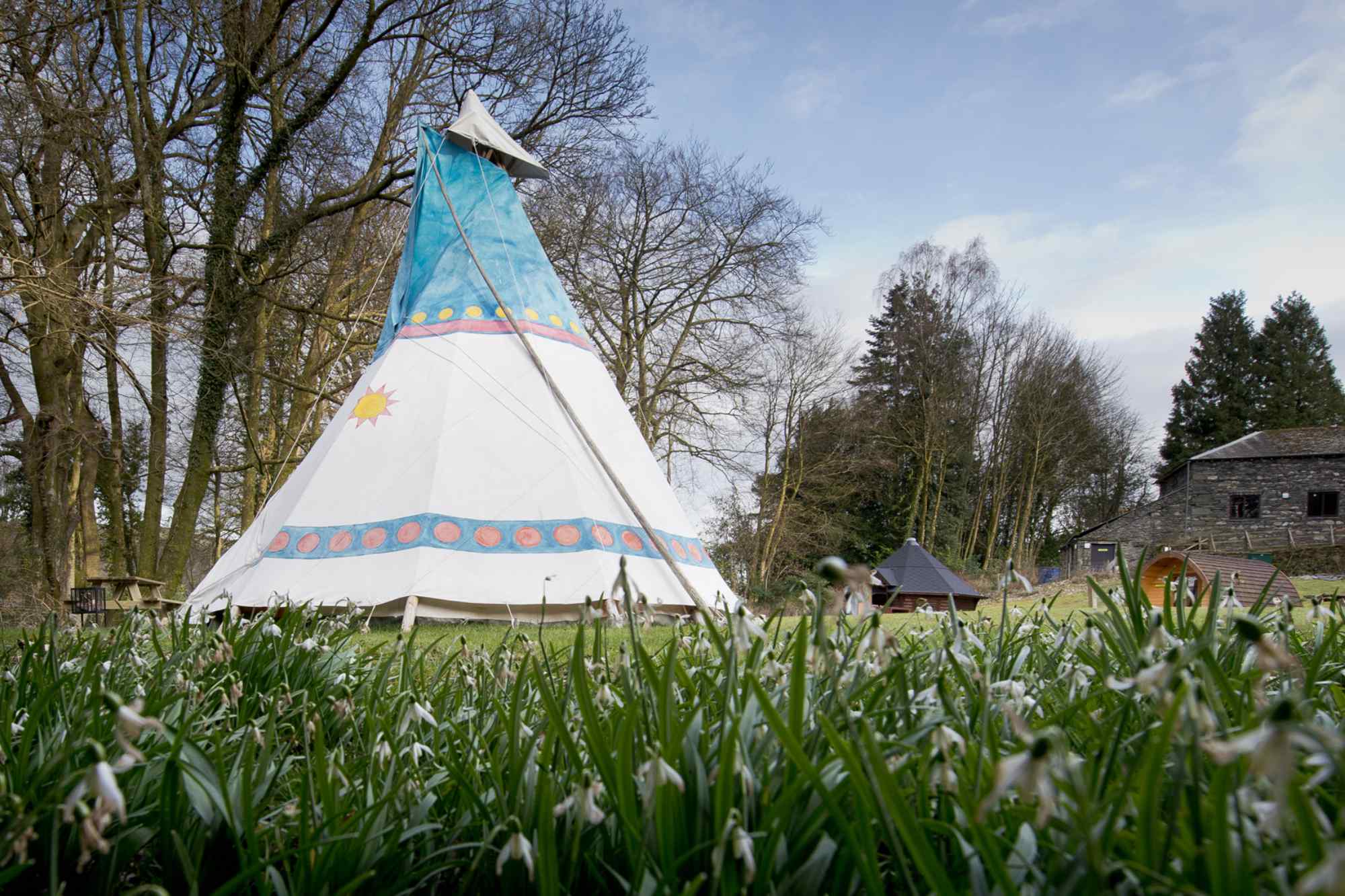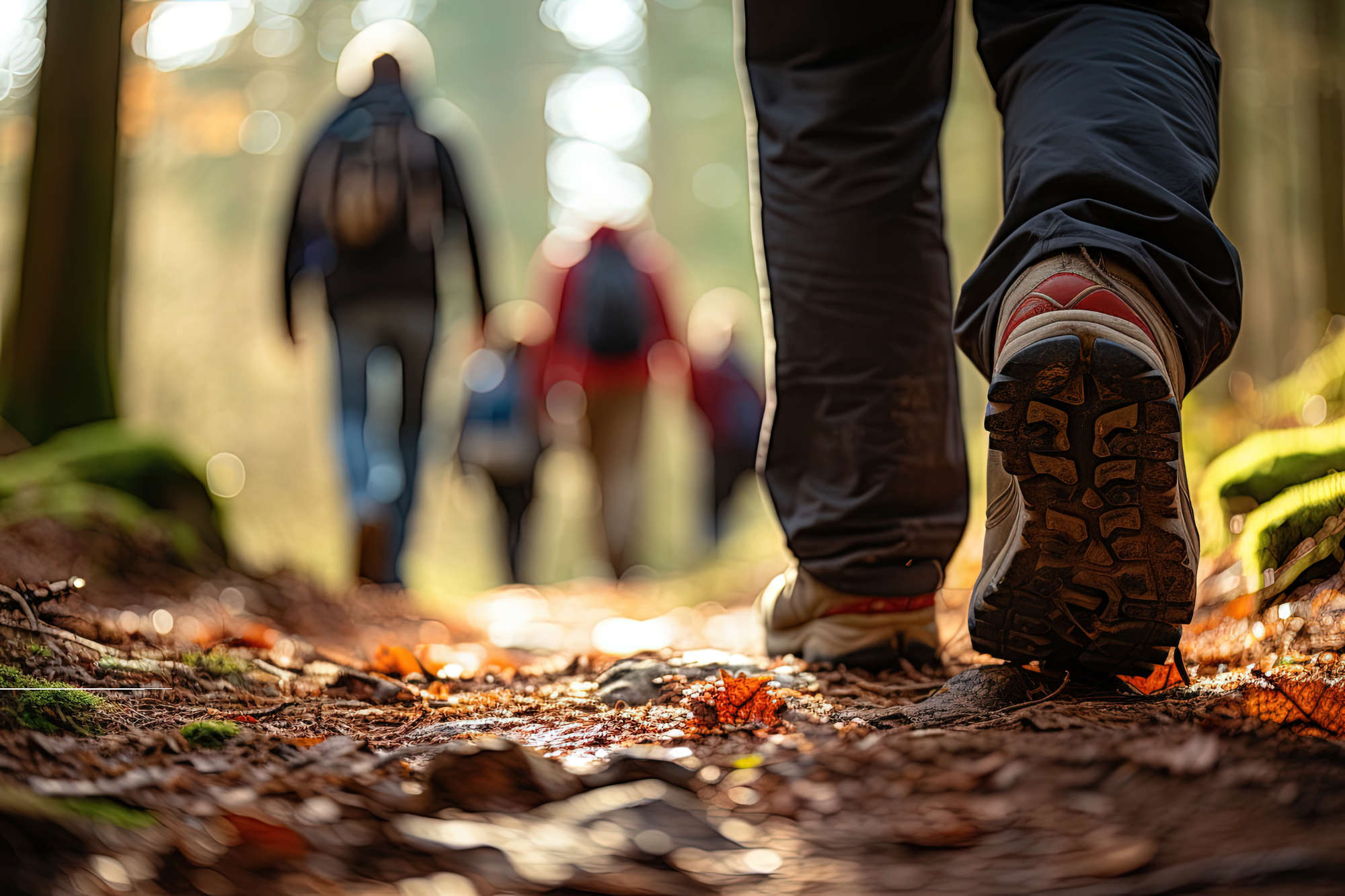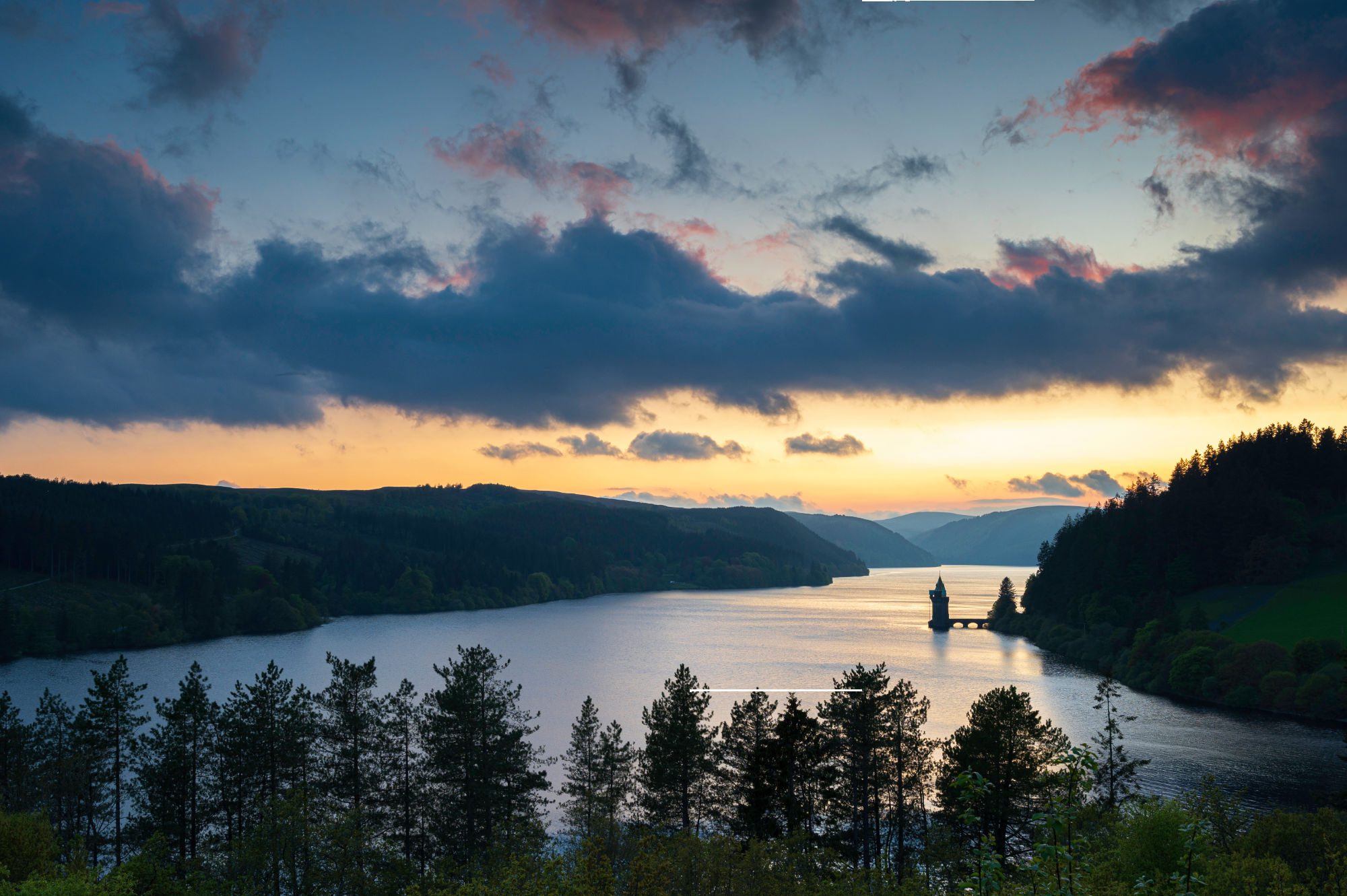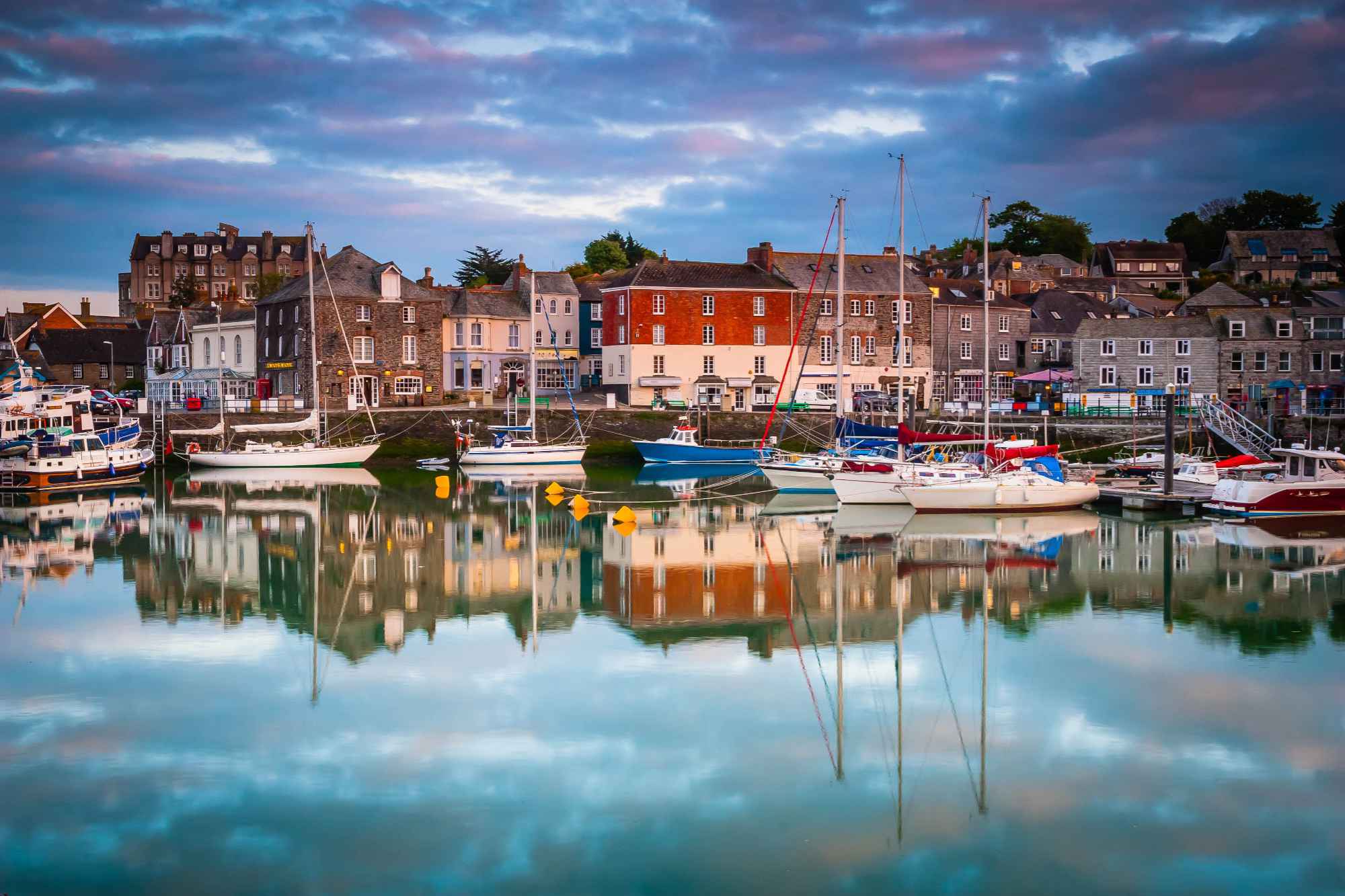Here in the UK we have just seven native species of amphibians — animals that can live both in water and on land. They’re small and secretive but very special. Let’s meet the secret seven!
Our three newt species are usually found in or near ponds and other cool, wet places. They look a bit like lizards, but unlike lizards they have spongy skin and move slowly rather than darting around. They hibernate over winter but can be seen between March and October. The great crested newt is the biggest and rarest of the three.



We have two toad species: the common and the natterjack. Both are warty, and bulkier than frogs. They normally crawl rather than hop, and when it’s not the spring breeding season they can sometimes be found in dry places. The natterjack is rarer and gets its name from the loud, croaking call that the male makes in spring.

Frogs have smooth skin and are often quite speedy as they hop around. Both UK species are found in wet places. The common frog is a regular sight around garden ponds: the pool frog is much rarer. A non-native species, the marsh frog, can also be spotted in the UK after being introduced.
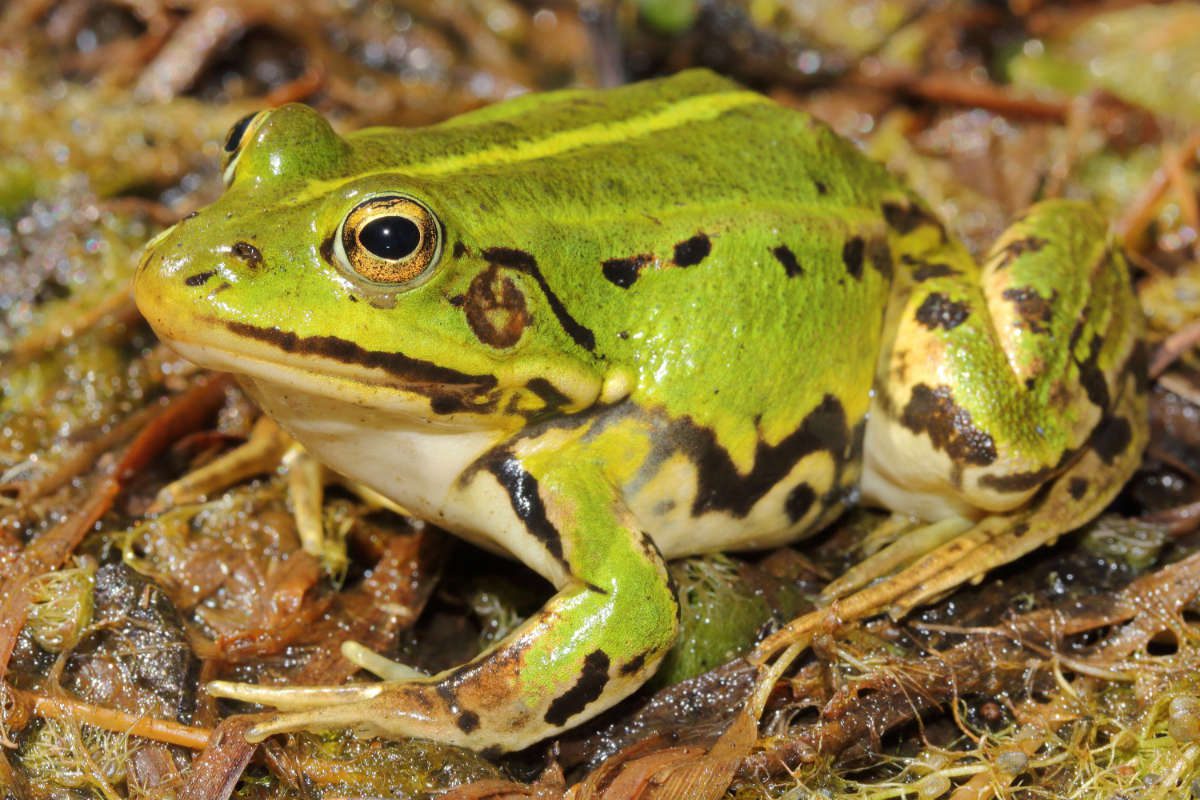
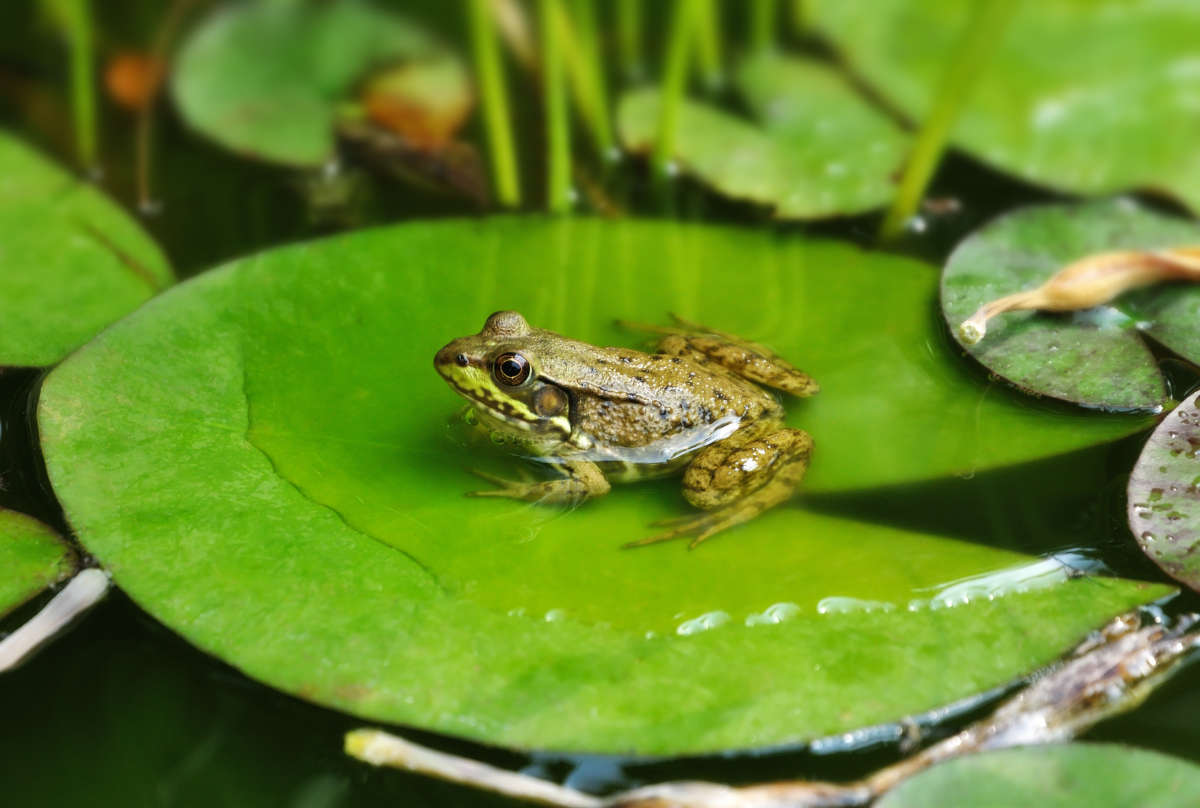
Frogs eat slugs, snails and worms and use their long sticky tongues to catch insects.
Photo credit: Adobestock – Tomasz, SunnyS, bennytrapp, phototrip.cz, Sandra Standbridge, creativenature.nl, matuty.
Read next: Five ways to be a green hero
